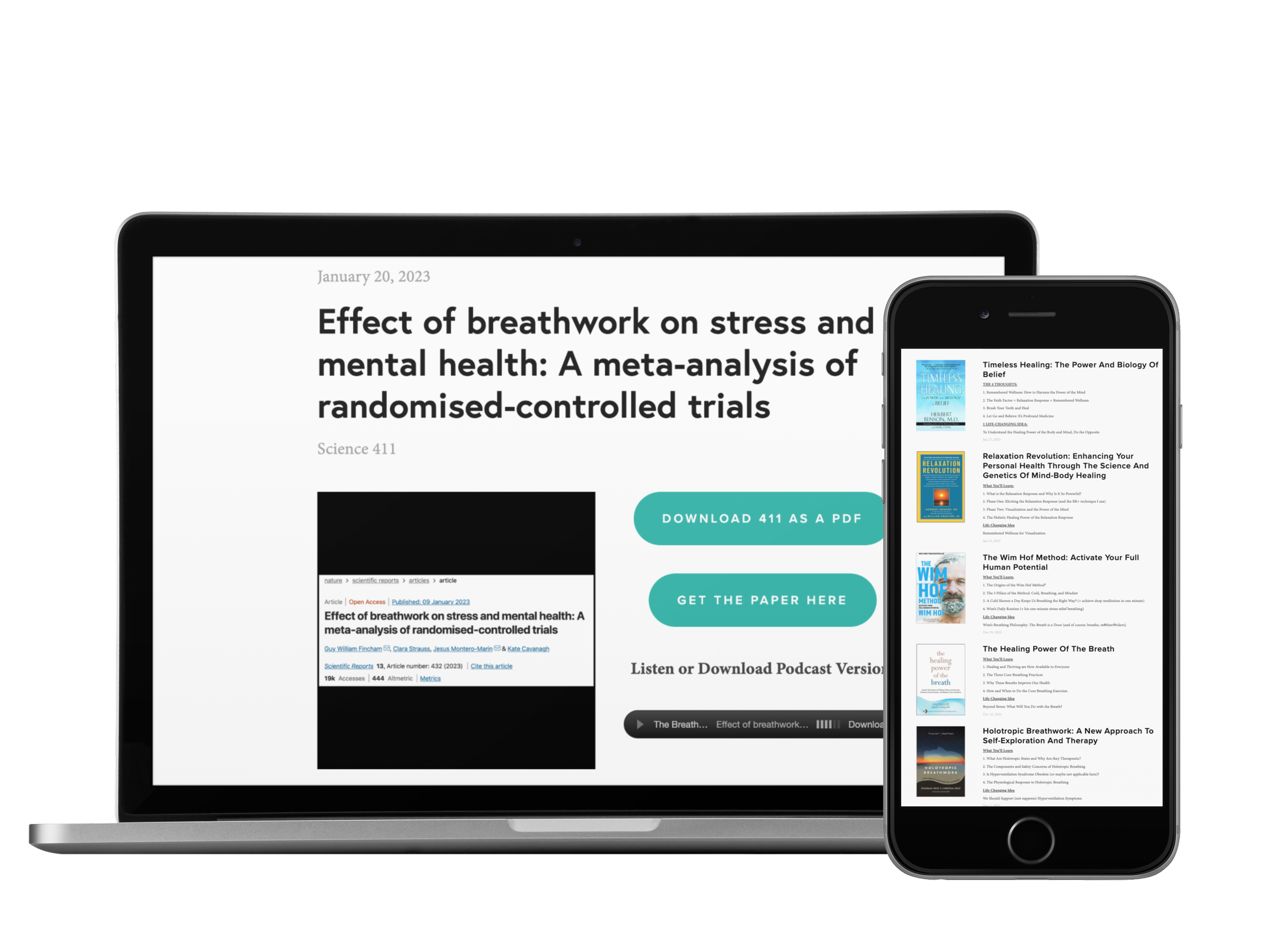Reading Time: 1 min 54 sec
I hope the next 23’ish breaths are the most nourishing of your day.
4 THOUGHTS
1. MBSR 8-Week Course Starting Soon
“Mindfulness is a way of befriending ourselves and our experience.”
- Jon Kabat-Zinn, Ph.D
My good friend, mentor, and all-around awesome human Paul Hunt is leading an 8-week Mindfulness-Based Stress Reduction (MBSR) course starting on April 15th.
MBSR is a world-renowned program that changed Paul’s life, so now he shares it out of genuine care and passion. He even offers a pay-what-you-can option to ensure finances don’t hold you back.
If you’ve ever been curious about learning MBSR, this is a perfect way to begin.
2. Less Caught Up in the Noise of the World
“When you’ve immersed yourself in meditation, silence, breathing, and wisdom, then you’ll find it is so much easier not to get caught up in the noise of the world, the agendas, stories, and opinions. And even when you do get caught, you’re rarely fully entangled because there’s a part of you that notices you’re getting caught. So you can extricate yourself more easily.”
– Emma Seppälä, Ph.D., Sovereign
Just a reminder that when you immerse yourself “in meditation, silence, breathing, and wisdom” (like what we do here 😊), you become naturally shielded from the world’s noise. And with that security, you find a little sense of sovereignty.
3. Slow Breathing Helps Anticipatory Anxiety
“Through slow breathing exercises, participants’ responses to the emotional stimuli of an impending uncertain threat were diminished. It may be that slow breathing prepares the individual physically and psychologically for future anxious events.”
A new study found that just 30 seconds of slow breathing helps with anticipatory anxiety—the worry we feel before something stressful actually happens. In the experiment, slow breathing lowered self-reported anxiety, reduced heart rate, and slowed brainwaves, all of which may help the mind and body better handle uncertainty 👏
4. On Other’s Actions Controlling Your Feelings
“You’d better behave as I have decided, or I shall punish myself by having negative feelings.”
- Anthony de Mellow, Awareness
Ha! So good. Let’s do our best to stop punishing ourselves for the ways others act 😊
1 Quote
“It is easier to give up our material clutter than to shed our psychological baggage. Pride, ego, fear, and anger clutter our souls and minds in the same way that piles of clothes, furniture, and other belongings clutter our homes.””
1 GOOD BOOK
Breath by Breath by Larry Rosenberg
Even if you’re not into meditation, this book is worth the read for all the great quotes, stories, and analogies about the breath. It’s one of the first “non-breathwork” breathing books I read many years ago that opened my eyes to the power of the breath as an analogy for life.
In good breath,
Nick Heath, T1D, PhD
“Breathing is the compound interest of health & wellness.”
Enjoy these posts? Donate to say thanks!
P.S. Technology has gone too far
The Breathing App for Diabetes
This is the first program specifically made for people with diabetes to help manage their stress through breathing and mindfulness practices. In addition to the amazing program inside the app, we have some really neat things coming up, so sign up now!
Amazon Associate Disclosure
I’ve been recommending books for almost 6 years. Yet somehow, I just discovered that I could be an Amazon affiliate [face-palm]. In any case better late than never. Now, any Amazon link you click is an affiliate link. As an Amazon Associate, I earn from qualifying purchases. So, if you’d like to support my work, buying books through these links is helpful : )
* An asterisk by a quote indicates that I listened to this book on Audible. Therefore, the quotation might not be correct, but is my best attempt at reproducing the punctuation based on the narrator’s pace, tone, and pauses.










